What Is Community Service?
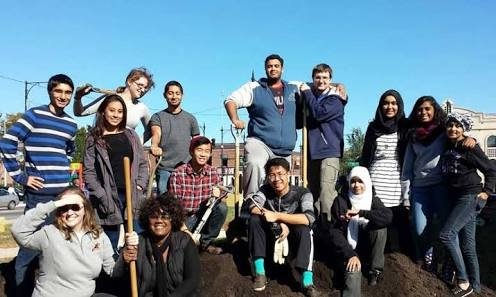
Community service is a non-paying job performed by one person or a group of people for the benefit of the community or its institutions. Community service is distinct from volunteering, since it is not always performed on a voluntary basis. Personal benefits may be realized, but it may be performed for a variety of reasons including citizenship requirements, a substitution of criminal justice sanctions, requirements of a school or class, and requisites for receipt of certain benefits.
Community service is often organized through a local group, such as a place of worship, or non-profit organization.
My visitation to an area in lagos Nigeria with photos of a church organization 'Redeem Christian Church Of God Lagos Province 40,Place of refuge' providing its community with social amenities as community service.
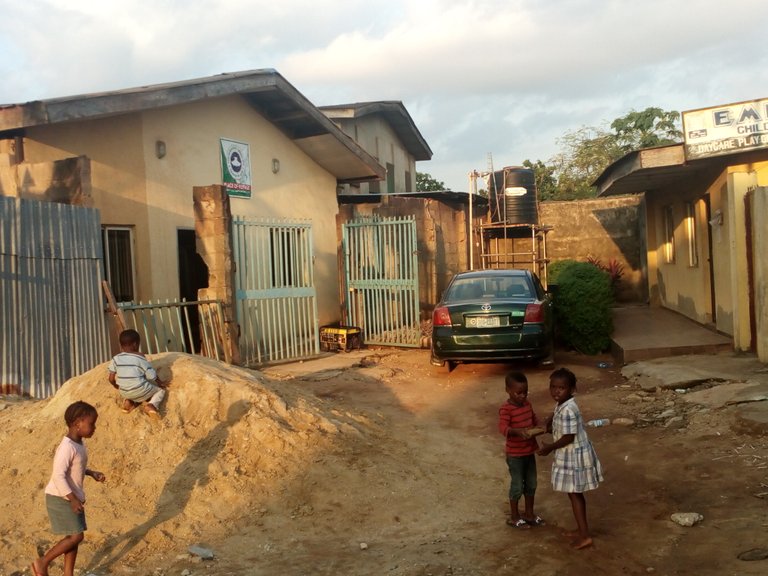

Community service can help any group of people in need: children, senior citizens, people with disabilities, English language learners, and more. It can also help animals, such as those at a shelter, and it can be used to improve places, such as a local park, historic building, or scenic area as well. Community service is often organized through a local group, such as a place of worship.
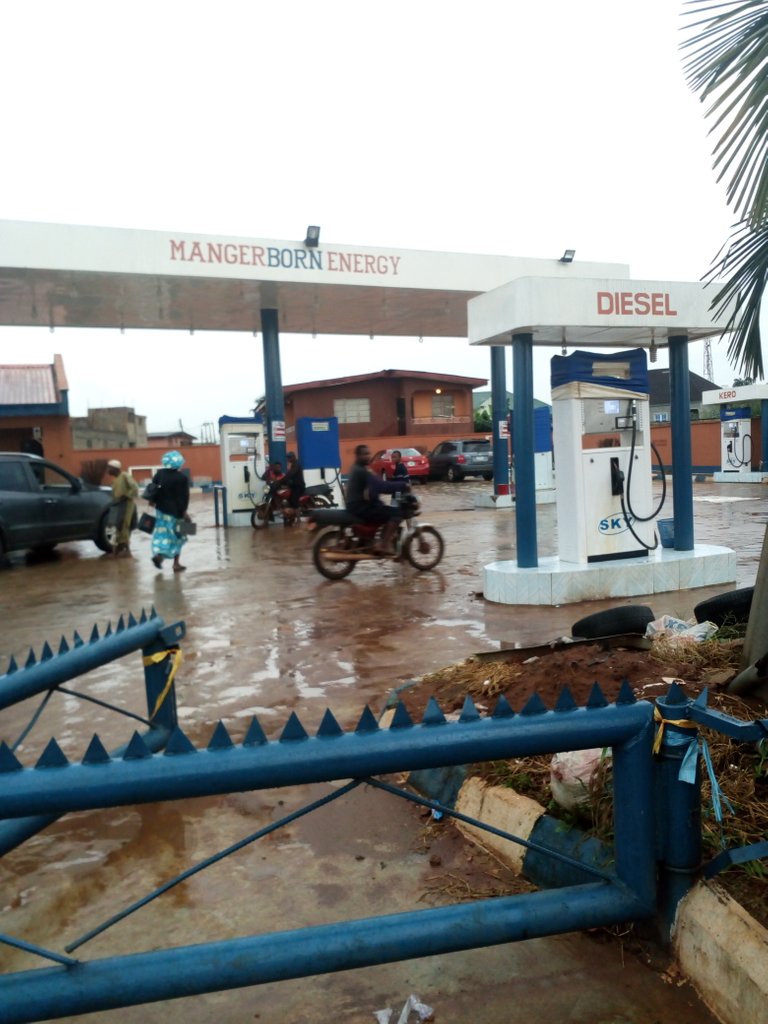 Photo Credit: @mrjibson
Photo Credit: @mrjibson
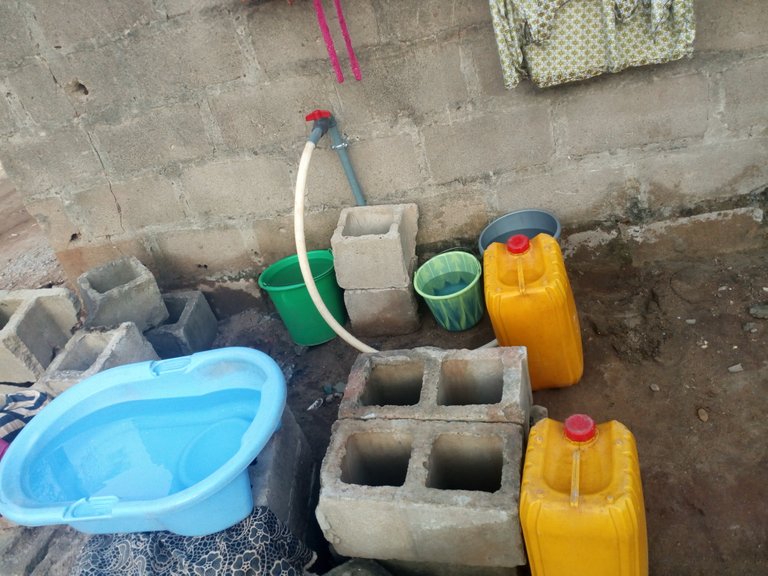
Examples of Community Service include;Photo credit: @mrjibson
. Helping the Hungry and/or Homeless
. Building a house with Habitat for Humanity
. Donating your old clothes and non perishable food items to those in need
. Volunteering at a soup kitchen.
. Organizing a community blood drive.
. Volunteering to help at a charity auction.
. Working with school children.
. Working with senior citizens.
. Improving the environment.
. Helping low-income people.
. Help register people to vote etc
Working with school children
This can be done by tutoring children after school, collecting school supplies to donate, planting a school garden.
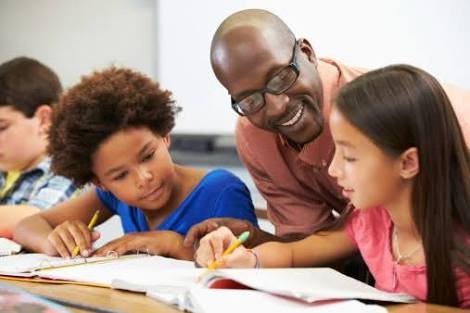
Even your littlest ones can get involved with their community with your help. When you teach your preschoolers the importance of helping others, you're getting them started on the road to kind habits that will last a lifetime. Here are some community service ideas that you can involve your little kids with
Collection of new or gently worn winter coats and donating them to One Warm Coat, which provides winter coats to those in need. Going through your own closets and asking family and neighbors if they have coats to donate.
Volunteer to deliver meals to seniors with Meals on Wheels. Your child will get to see first hand who his work is helping.
Creation of "busy books" for a children's hospital. Teaching to Give shows how you and your child can assemble fun coloring and activity books to entertain children who are facing long hospital stays. Letting your preschooler help pick out the coloring books and put together the crayons for each book.
If your child love animals, help her gather pet toys, supplies, and gently used towels to donate to a local animal shelter. If He loves toys Shop for holiday gifts for a child or family in need. Many local charities provide lists of specific children you can shop for, or you can donate toys to a national organization like Toys.
Your teen as well is ready to volunteer without your help, on her own or with friends. In fact, many high schools require some form of community service for graduation. Provide encouragement and guidance, but let her interests guide her involvement. If your teen needs some help, here are a few community service ideas that are great for your independent teenager.

If he's a math whiz or a grammar expert? Encourage him to volunteer as a tutor in a subject he's passionate about.
If He's on the track team? He could volunteer his time at a charity race or walk, like the Relay for Life or Race for a Cure.
There are so many ways for you and your child to get invoIved in Community Service. But the spirit of giving doesn't have to end when the holidays are over. Helping others through community service is a great way to bond with your child all year long.
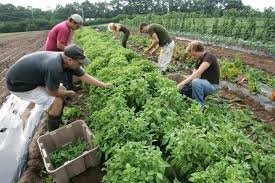
Improving the Environment
Community facilities enhance the lives of residents in numerous ways.Parks provide green space and room to move for people in crowded city neighborhoods. Libraries, museums, community centers, and performance spaces open doors to knowledge and ideas, culture, and enjoyment. Medical facilities encourage and safeguard health, and public transportation offers mobility and access to other areas. Without these and other community facilities, life could be colorless and difficult, especially for those who can’t afford to travel or to pay high prices for services.
Most communities, even small rural ones, have at least one public park and some other community facilities – a library, a hospital or clinic, a small museum or historic site. Improving those facilities can mean different things for different communities. For some, the issue may be that adequate parks or facilities simply don’t exist, and need to be created. For others, existing facilities may be old, and speak only to the needs of a community that has long since changed. Still others might find themselves with community facilities that are adequate in some ways, but that have become rundown or dangerous, and need to be revitalized. A less obvious situation is one in which community facilities are in good shape and seem to be adequate, but aren’t being used.
Improving community facilities, then, comes down to determining what the community needs and wants, and working – usually over the long term – to provide those facilities that will enhance the quality of life – socially, intellectually, culturally, economically, politically, and psychologically – for everyone.
Community facilities come in a variety of forms, of which parks are only one. In general, a community facility is a physical feature provided – either by the municipality as a public service, or by a private entity – in the community for the benefit of community members. Depending on the source, the use of the facility may be free, or may involve a charge for users.
Helping low income people
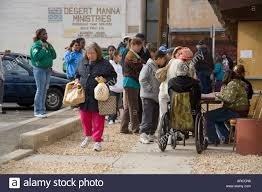
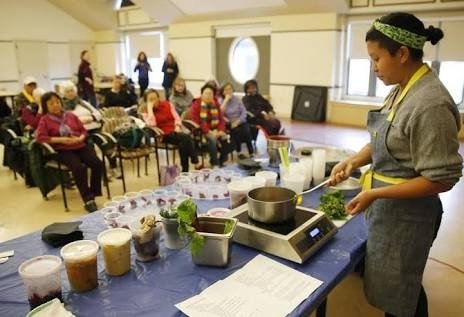
This can be done by providing financial assistance to the poor. By helping the needies 'low income people'. As an individual if you can help cater for a family's 'need' whether contributing to their monthly food allowance, after taking out your expenses or can help to train a particular child through school, you could help change his orientation and make him more useful to his present generation and make the world a better place to be..
You can also provide them with shelters, used but good items such as clothes shoes cars etc...
WHY IMPROVE COMMUNITY FACILITIES?
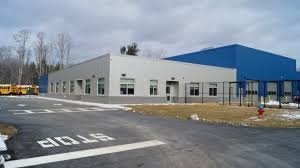
Good facilities contribute to the general quality of life in the community. A community with good parks and other facilities is a pleasant and sociable place to live, with a lively outdoor and cultural life. Residents spend more time in the community, and therefore are more familiar with one another, and contribute to a sense of community.
Good facilities provide exposure to and opportunities for a wide variety of intellectual, cultural, and physical activities. For many citizens, affordable and accessible community facilities have been their introduction to art, a variety of musical styles, the world of books, organized sports, hiking, skating, and any number of other pursuits. People of low income, particularly youth, may have little other chance for these experiences.
Good facilities can instill a sense of ownership and community pride in residents. A neighborhood or community rich in opportunities that community facilities can provide is a good place to live, and it engenders pride of place in residents. As a result, they may be more likely to pay attention to the maintenance of the community – keeping it clean and free of vandalism, supporting community events, and generally helping to create a vibrant and satisfying living environment.
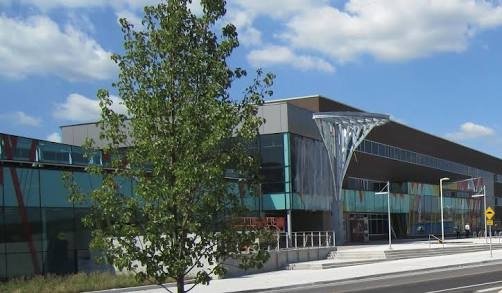
Good facilities can provide services that help everyone. Public transportation, for instance, can ease the stress of commuting, eliminate air pollution, reduce traffic, and conserve energy. Libraries and museums can enhance the intellectual life of community residents, and expose them to many points of view and ways of looking at the world.
Good facilities can help prevent crime and other antisocial behavior. Community facilities can present children and youth, for instance, with places to go and activities to participate in – sports, arts programs, learning and enrichment, etc. – that act as healthy alternatives.
Good facilities can increase the level of fairness and equity in a community. When all residents have access to facilities that make life better and more pleasant, regardless of their socio-economic status, communities take a step toward greater equity.
Good facilities can help to attract new residents. People are more likely to move to communities with well-kept parks, lively cultural institutions, good schools, and efficient public transportation.
Good facilities can improve the economic climate and prospects of the community, by attracting business and tourism. Businesses want to locate in communities with good facilities for the same reasons that individuals do. It helps them attract and keep the best employees, and also tells them something about the management and self-respect of the community. More business means more and better jobs, a higher tax base, and a healthier local economy.
Good facilities can make the community more attractive physically. Well-designed parks and buildings, and well-restored historic sites, especially when they’re part of a comprehensive community plan, can add greatly to the pleasant atmosphere of a community.
Good facilities can provide gathering places that improve the social character of community life. Parks, plazas, the courtyards or steps of public buildings, even well-designed bus stations, can serve to increase residents’ interaction with one another and create a greater sense of community that reaches across community sectors.
What are some ways that you and your children have given back to your community? Please leave a comment!
Hi! I am a robot. I just upvoted you! I found similar content that readers might be interested in:
https://ctb.ku.edu/en/table-of-contents/implement/physical-social-environment/parks-community-facilities/main
Nice post bro
Congratulations @mrjibson! You received a personal award!
You can view your badges on your Steem Board and compare to others on the Steem Ranking
Vote for @Steemitboard as a witness to get one more award and increased upvotes!